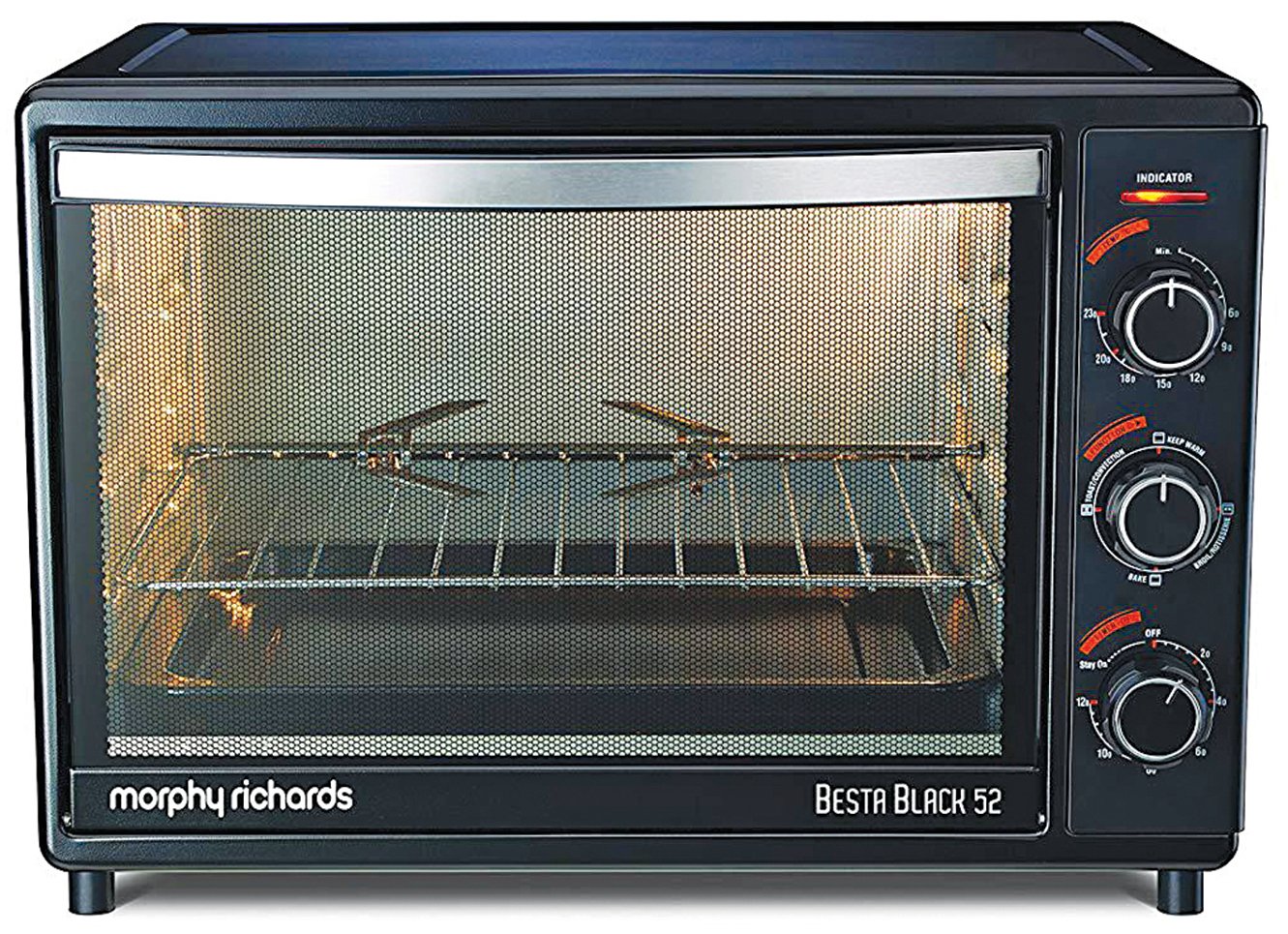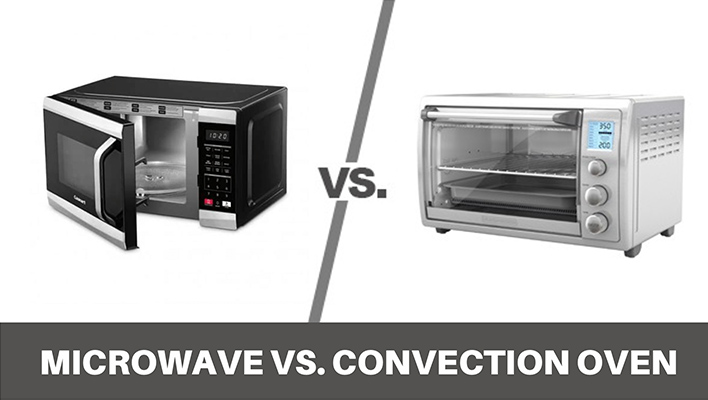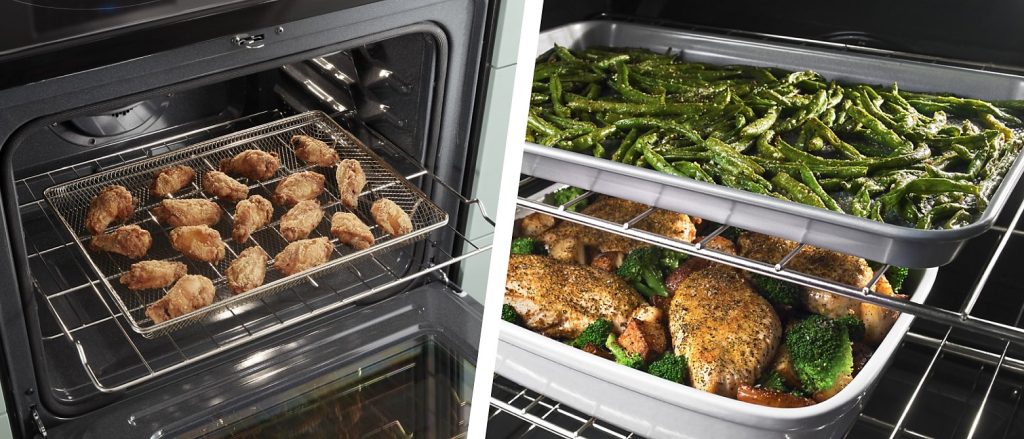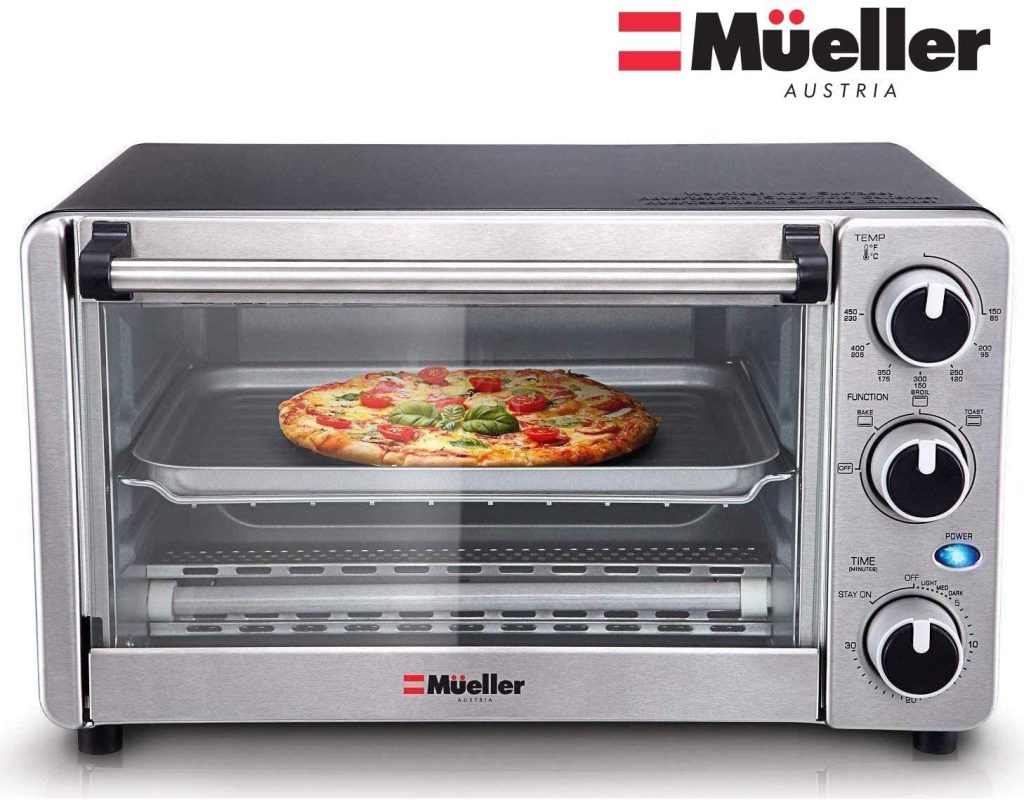What is a Convection Oven? Is it Safe? When and how to use it?

Convection ovens are popular among professional chefs and bakers because they provide faster cooking and more uniform temperatures. However, many people are concerned about the safety of convection ovens as a result of these advancements.
When used correctly and in good operating order, convection ovens are absolutely safe. The increased speed and efficiency are due to a fan inside the oven. They function similarly to an air fryer in this sense.
However, that is only a brief overview of the issue.
There are countertop convection ovens and full-sized convection ovens. After all, Microwave/convection oven combos are also available. So, in this essay, we’ll look at all aspects of convection ovens and safety, as well as the one thing that most convection oven owners get wrong.
Let’s get this party started.
Is radiation present in convection ovens?
No. Radiation will not be used to cook your food unless it is a microwave/convection oven hybrid. Convection ovens work similar to ordinary ovens, except that they employ a fan to circulate heated air over the food.
This is a reasonable question given that some small equipment, such as microwave ovens, rely on radiation to cook food quickly.
Due to the way a convection oven cooks and the heat source it uses, you usually don’t have to be concerned about radiation.
Food is cooked in convection (and traditional) ovens from the outside toward the inside. It takes time for heat to penetrate all the way through to things like meat and cook them thoroughly. Because the heat is applied straight to the outside, this is the case.
Microwave ovens, on the other hand, cook food using Radiation. The electromagnetic waves swiftly penetrate the food and cook it from the inside out. Radiation can be a frightening term, and it’s frequently linked to cancer and nuclear weapons.
The type of radiation found in your kitchen equipment, on the other hand, is nothing to be concerned about. Electromagnetic waves are a different form of radiation than nuclear weapons, and they are tightly regulated in these devices.
Some people, however, still refuse to use microwave ovens in their homes because they do not want to risk exposure to radiation. If you are one of these folks, a convection oven will not pose any dangers to you.
What are the disadvantages of using convection ovens?
Noise is the most common complaint regarding convection ovens. Convection ovens are noisier than standard ovens because they employ a fan to circulate warm air over the food as it cooks. However, before making a buying decision, keep in mind that everything has a disadvantage.
Apart from the noise, delicate baked items, especially those that require to rise, don’t work well in a convection oven. Your cakes may rise unevenly as a result of the way the heat flows in the oven. If you’re baking something with custard, you could notice that the borders of the dish form a crust.
I was hoping you could take my word for it, but don’t believe me. Chef Leslie Bilderback, CMB (Certified Master Baker), advises only purchasing a convection oven with the option to turn off the fan.
“The fan raises the temperature, which is helpful when you want to cook something quickly… (But) larger items will brown on the outside and appear done before they are done on the inside,” she says. Enormous loaves of bread, pound cakes, white meringues, or anything delicate, like custards, are all terrible candidates.”
What is the difference between a true convection oven and a convection oven?
A “true” convection oven, sometimes known as a European convection oven, has a heating element behind the fan that heats the air as it exits the fan, rather than simply transferring warm air around from the oven’s top or bottom heating components.
A convection oven contains two heat sources – one on top and one on the bottom – as well as a fan to help distribute the heat evenly when cooking.
Compared to a typical oven, the fan not only ensures even heat distribution but also results in a lower total temperature. Of course, the amount or density of the food you’re trying to cook will determine how long it takes.
A “true” convection oven comprises the fan and a heating element behind the fan to provide additional heat. Rather than circulating the heat created by the other elements, it distributes warm air directly.
Is it better to use convection ovens or a regular oven?

Cookies, muffins, and biscuits are better baked in a convection oven. On the other hand, a standard oven is best for foods that need to rise or are delicate, such as a soufflé. A convection oven with the ability to turn the fan on or off would be excellent.
You can do much of the delicate baking in your oven, or do you want to use the broiler?
In this scenario, a regular oven is definitely the best option. Your cakes will rise exactly, and you’ll be able to broil that perfectly melted cheese or crusted salmon.
Do you want your pizza crust to be evenly crisped and cooked, or do you want to bake a delicious batch of cookies?

A convection oven is ideal for these tasks, while a standard oven may also perform the job, albeit not flawlessly. There are no “hot spots” in the oven. The heat is distributed evenly throughout the oven, evenly browning cookies, pizza dough, and even poultry. Thank you to the supporters.
Which countertop convection oven is the finest to buy?

The Mueller Austria toaster oven is the most excellent countertop convection oven. The interior is large enough to hold a 9-inch pizza. It also offers 1100 Watts of power, a stainless steel finish, and great Amazon reviews. As the name implies, this tiny man does more than just toast. Its temperature range is 150 to 450 degrees Fahrenheit, making it appropriate for almost any tiny dish you want to prepare.
It comes pre-programmed with the ability to toast, bake, broil, and keep food warm in addition to toasting. Although it appears little from the outside, it is actually rather large.
There’s enough capacity for four slices of bread to be toasted at once, as well as a 9-inch pizza. You may either set your meal directly on the rack, which has two height levels that you can adjust, or on the provided tray.
The built-in timer makes it simple to keep track of your cooking time.
You set the timing by turning the dial. The oven switches off when the timer runs off, so you don’t have to worry about inadvertently burning or overcooking your food as you do with most other toaster ovens.
Cooking time is also reduced with this convection oven.
You don’t need to wait for the traditional oven to preheat to heat up a little personal pizza. You may have a nicely cooked dinner in 30 minutes or less with a toaster oven.
Conclusion
I hope that this post has answered all of your worries about convection oven safety. It would be best if you didn’t have to worry about anything wrong happening in your home as long as you correctly set the temperature.
Convection ovens are a terrific option for those wishing to reduce cooking time while still getting flawlessly baked cookies or pizza.











